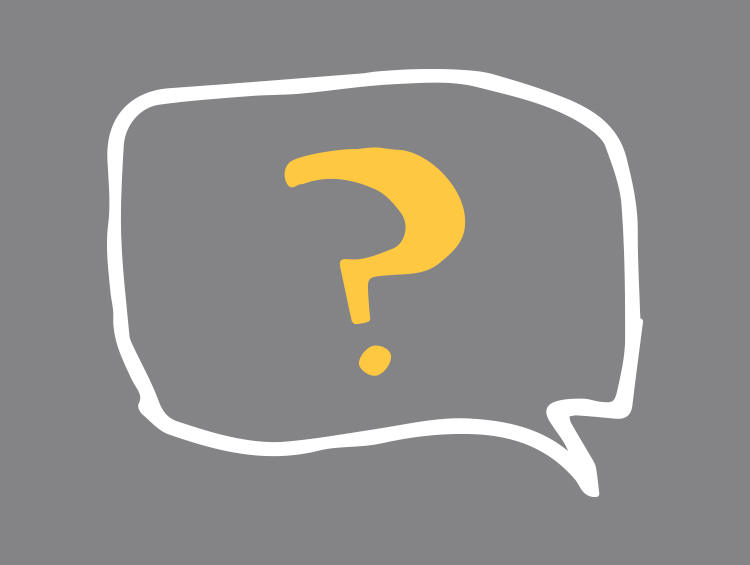
In early March 2021 Laura was interviewed by John Waterfield, KPMG’s Strategic Relationships Director, for their new podcast The Virtual Commute where she talked about why digital wellbeing and management is so critical now and the role of the employee and the leader in building a healthy digital workplace culture. Listen to the 20 minute interview here.

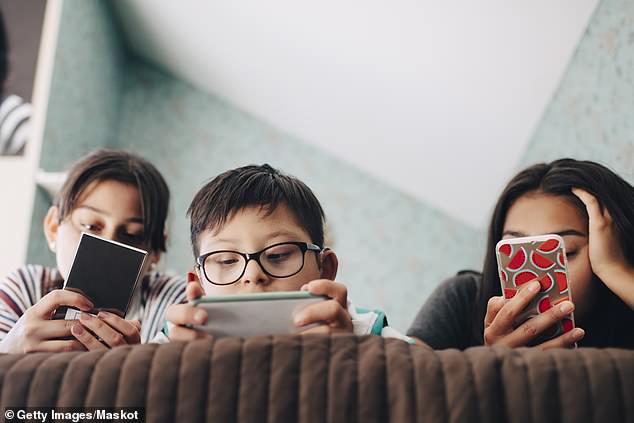
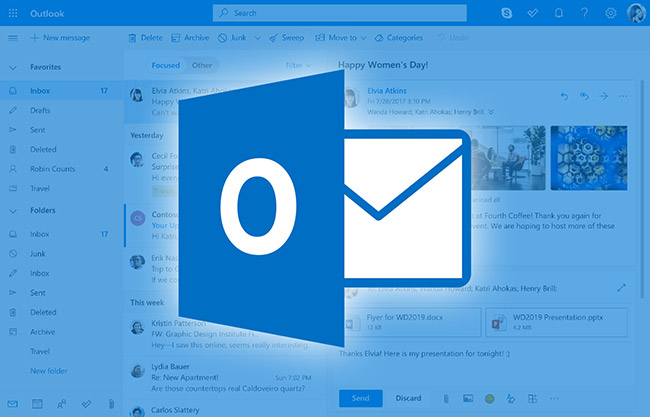
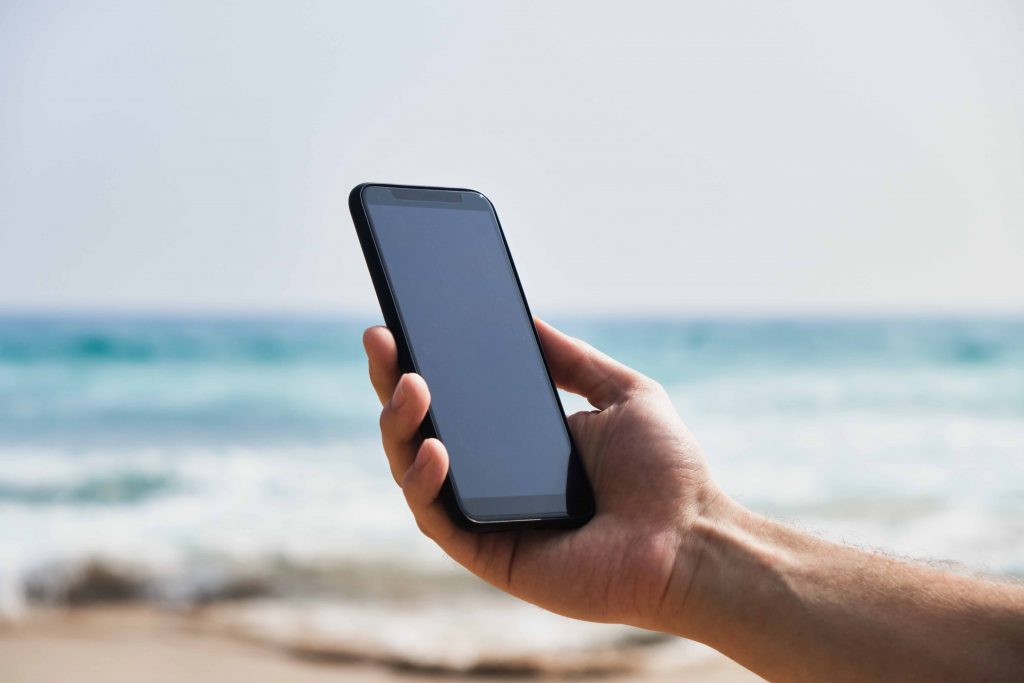


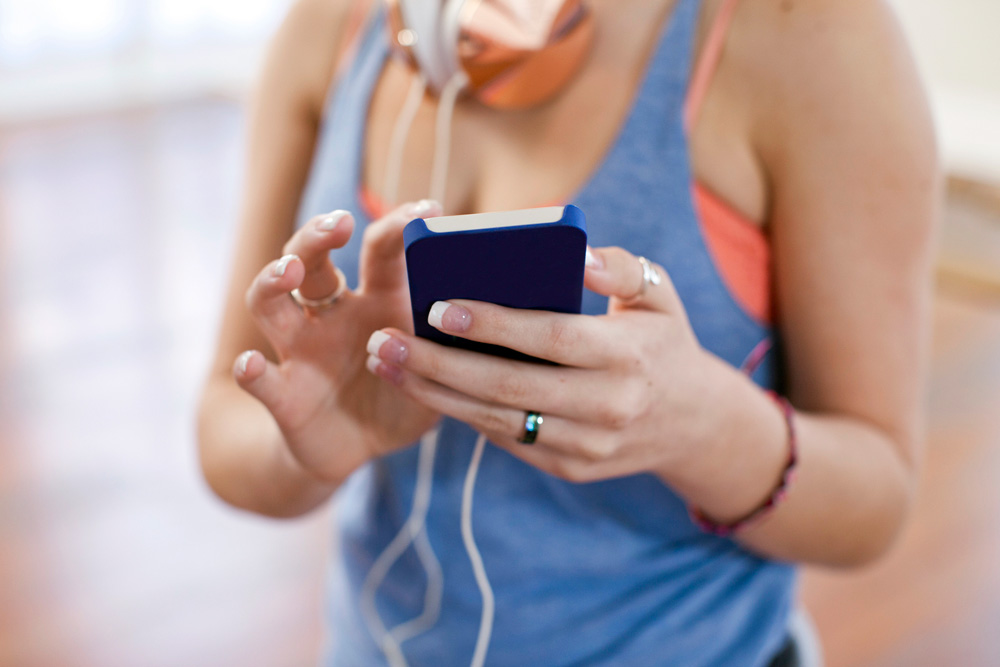 Constantly checking and fiddling with your phone can wreck your workout. Have a look at our top tips on why you should consider taking a break from your emails and Instagram feed when exercising.
Constantly checking and fiddling with your phone can wreck your workout. Have a look at our top tips on why you should consider taking a break from your emails and Instagram feed when exercising.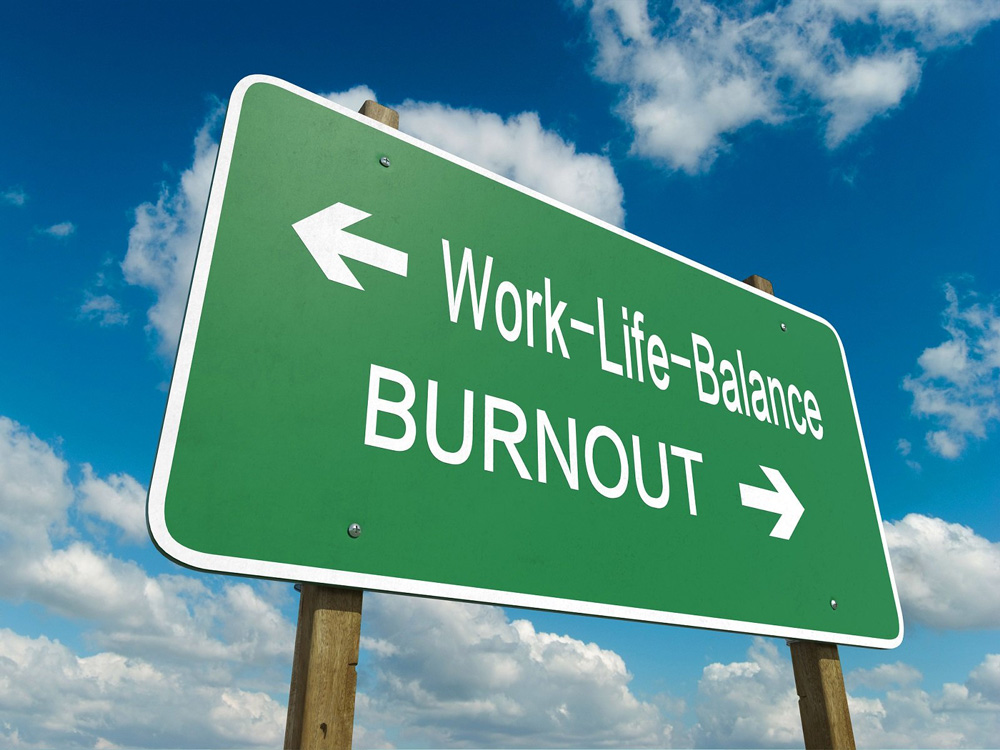 It’s up to managers to make sure employees disconnect from work – only with the support of line managers will workers be able to manage digital distractions and balance their work and home lives, writes Anna Kotwinski
It’s up to managers to make sure employees disconnect from work – only with the support of line managers will workers be able to manage digital distractions and balance their work and home lives, writes Anna Kotwinski